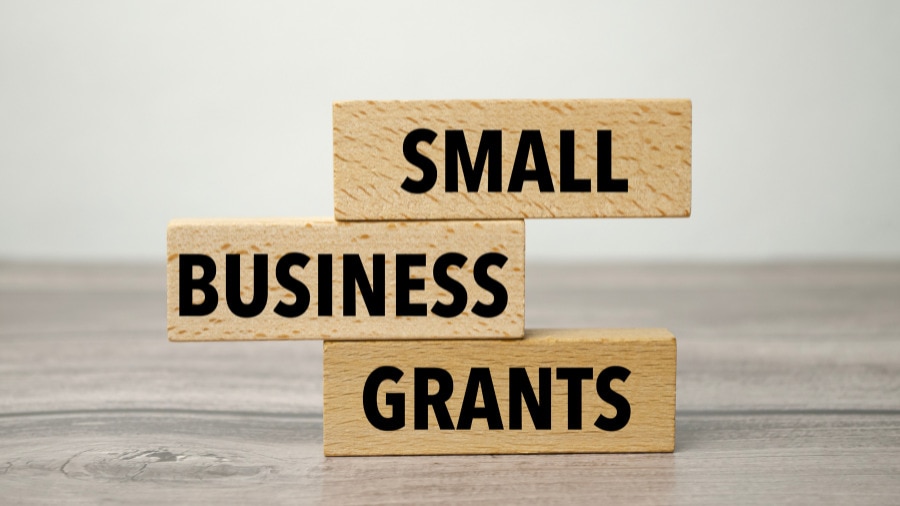Importers and exporters typically pay a lot of duties and taxes. Fortunately, the Canada Border Services Agency (CBSA) offers programs that can usually help you cut those expenses by eliminating or deferring your duty payments on imported goods, as long as your small business meets specific program requirements.

Importers and Exporters: How to Use Trade Incentive Programs
Trade Incentives for Temporary Importations
The Temporary Importations program offers an excellent trade incentive if the goods you import don’t remain in Canada. To avoid paying taxes and duties on items you import, fill out Form E29B to get a Temporary Admission Permit. You might need to pay a deposit, but you receive a refund when you export the goods.
How do you know if your goods qualify as temporary imports? If the items you ship to your company don’t stay in Canada, they’re temporary imports. For example, if you repair electronics for international customers, you ship the items you repair back to your non-Canadian customers. That means the items that your customers shipped to you for repair are temporary imports. Additionally, items you bring into the country to use temporarily for demonstration or training purposes are considered temporary imports.
Temporary Imports via ATA Carnet
An internationally recognized customs agreement that speeds up the customs process on imported goods, ATA Carnet covers virtually all goods you bring into the country on a temporary basis, except for disposable and consumable items or things you import for repair. Over 76 countries accept ATA Carnets. If you import items from one of the participating countries, you don’t need a Temporary Admission Permit. You also don’t need to pay a deposit before customs releases the goods. If you ship in displays or demo products for trade shows, this program lets you avoid taxes and duties. It also serves as a good option for anyone who travels with professional equipment.
Canadian Goods Abroad Export Program
If your business regularly exports items for repair, alterations, or additions, the Customs Act requires you to pay duties and taxes on the goods when they return to the country. The Canadian Goods Abroad program ensures you only pay taxes and duties on the value added to the goods you originally shipped. This means any additional materials or labour paid for while the items are out of country, requires payment of taxes and duties. For example, if you send clothing abroad for alterations, you just pay taxes and duties on any material added to the item and any labour costs. You don’t pay taxes and duties on the original piece of clothing.
Duty Deferral Trade Incentive Program
The Duty Deferral Program helps small businesses that import goods into Canada save money with three different options, including the Customs Bonded Warehouse program, the Duties Relief program, and the Drawback Program. Each of these options have specific requirements you must meet for use.
- The Customs Bonded Warehouse Program lets you store items you import in a customs-run facility until release for Canadian consumption or export, so you don’t have to pay the taxes and duties upfront.
- If you plan to export imported items in the same condition, the Duties Relief Program relieves you of paying taxes and duties completely.
- If you export goods, you’ve already paid taxes and duties on, the Drawback Program lets you request a refund.
The amount of taxes and duties your company pays on imported goods affects the prices of the goods or services your company sells. So if your company shells out a lot of money to customs, try cutting costs by using an available Canadian trade incentive program. You might just save enough money to get your prices lower than your competition. QuickBooks Online helps you track costs and profits seamlessly to help you stay on top of your small business game. QuickBooks Online can help you maximize your tax deductions. Keep more of what you earn today.


